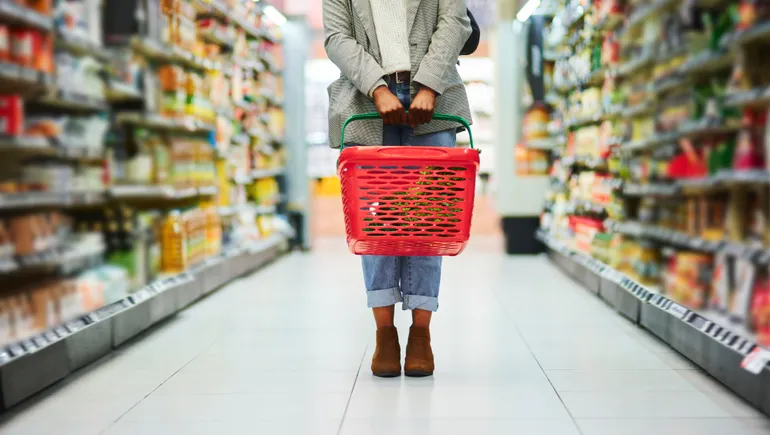Food prices prompting a ‘consumer revolution’ through intricate homemade dishes

While the food inflation picture has improved since its peak in 2022, consumers continue to face higher costs at both grocery stores and restaurants. Some experts believe this is elevating home cooking.
Sally Lyons Wyatt, the global executive vice president for consumer goods insights at Circana, said consumers are leading a “revolution” that involves DIY recipes and purchasing trends linked to social media that allow them to spice up their food offerings at home while cutting costs.
According to the most recent Consumer Price Index released last week by the U.S. Bureau of Labor Statistics, food at home prices slightly decreased in April by 0.2%, while prices were 1.1% higher than twelve months prior. Categories that saw prices increase last month included cereal and butter, which saw respective price hikes of 2.2% and 4.3%.
Many consumers are saddled with high credit card debt and see certain food items as something they can cut out in order to hold on to more cash, according to Wyatt. One way they are doing this is cooking unique recipes based on trendy recipes from viral videos using unique food combinations.
“I’ve seen ramen noodles be used in recipes in ways that no one would have thought of had it not been for social media,” Wyatt said. “Consumers that are bored of the same old things look for innovative approaches on TikTok or Instagram Reels to make something from ingredients they have in their house.”
Food companies have the opportunity to position their products to capitalize on viral moments. Kraft Heinz has used social media moments to promote new products. A post about Taylor Swift eating “seemingly ranch” ketchup last fall inspired a new sauce launch.
Over the past few years, consumer interest in private label products has also increased as a cost-cutting measure, with brands like TreeHouse benefiting from some shoppers opting against name brand items. Private label sales hit a record in 2023, accounting for nearly 21% of purchases at grocery stores. Big box retailers like Target and Walmart have significantly expanded their private label food offerings in the last year, particularly in trendy categories like dairy alternatives and better-for-you snacks.
“Private brands are taking a larger footprint of categories where they haven’t always had high penetration, like salty snacks and chocolate,” Wyatt said. “Those are categories where national brands are predominantly preferred, but they’ve been able to make a small, small dent.”
For CPG companies looking to carve out or hold onto repeat buyers amid ongoing inflation, Wyatt said prioritizing occasion-based promotions can keep brands top of mind amid the “consumer revolution.” Most of the trends happening in the food industry right now are led by consumers, she believes, not by manufacturers or retailers.
“What can you do to provide that out of home experience in the home at an affordable price? As an industry we do a great phenomenal job of that at holidays, yet we don’t do that on an everyday basis,” Wyatt said. “There’s an opportunity to get affordability messaging to consumers to align with their needs, whether that’s occasion-based, dietary or addressing well-being.”
Source: fooddive.com

